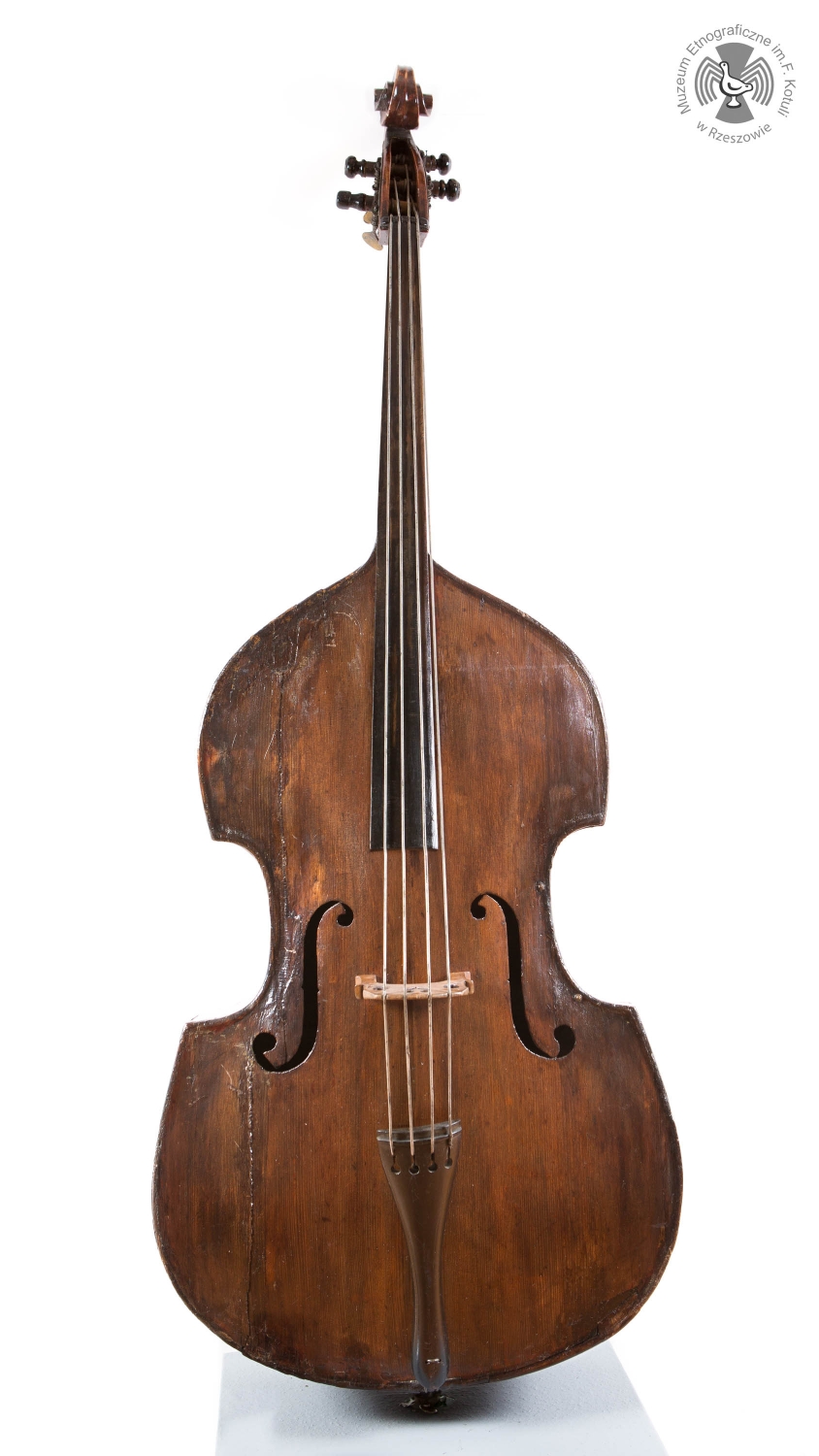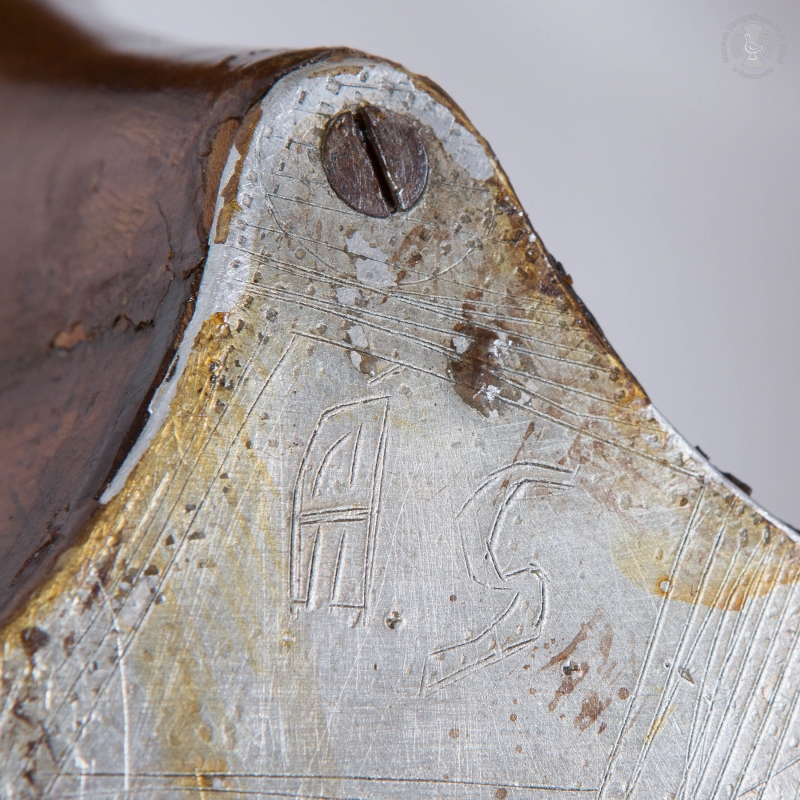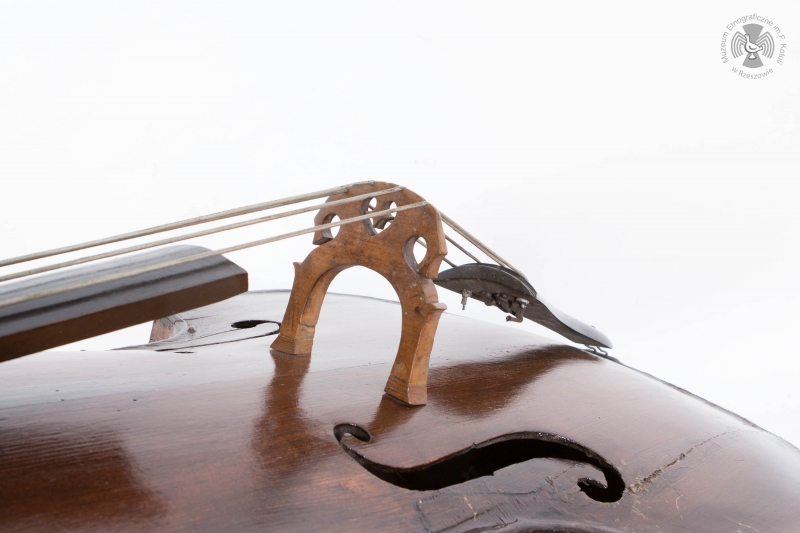double bass
Excerpt from the film Siła tradycji [The Power of Tradition], produced as part of the project "Muzyczny folklor Podkarpacia - badania terenowe" [The Musical Folklore of Subcarpathia - Field Studies], Franciszek Kotula Ethnographic Museum in Rzeszów, 2014
double bass
Local name: basyClassification: 3 Chordophones / 32 Composite chordophones / 321 Lutes / 321.3 Handle lutes / 321.32 Necked lutes / 321.322 Necked box lutes or necked guitars / 321.322-71 Necked box lutes or necked guitars sounded by bowing with a bow
Maker: Unknown
Date: interwar period
Village / Town: Sieniawa area
Region: Subcarpathia
Country: Poland
Owner: Franciszek Kotula Ethnographic Museum in Rzeszów
Inventory number: MRE 7986
Description: modeled on professional double basses (possibly converted from a professional double bass); tuning mechanisms; outer edges of the pegbox strengthened with tin battens; neck and body joint screwed to the back plate with a triangular tin batten; front plate slightly convex, cracked along its length; gut strings
Decoration: tin battens reinforcing the pegbox engraved with floral patterns; engraved straight lines and initials “A.S.” in the upper part of the back plate
Measurements: 1800 x 525 x 670 x 215 mm
Materials: wood (flame maple, oak, spruce), metal, intestine
Sound compass, tuning: in 5th, C – G – d – a (?)
Performance practice: known as "duże basy", the double bass became popular with folk bands as late as the 20th century; it was played in some of the largest folk bands in the Lesser Poland region (Kraków and Rzeszów areas)
Catalog card by: Zbigniew J. Przerembski
<< Back















